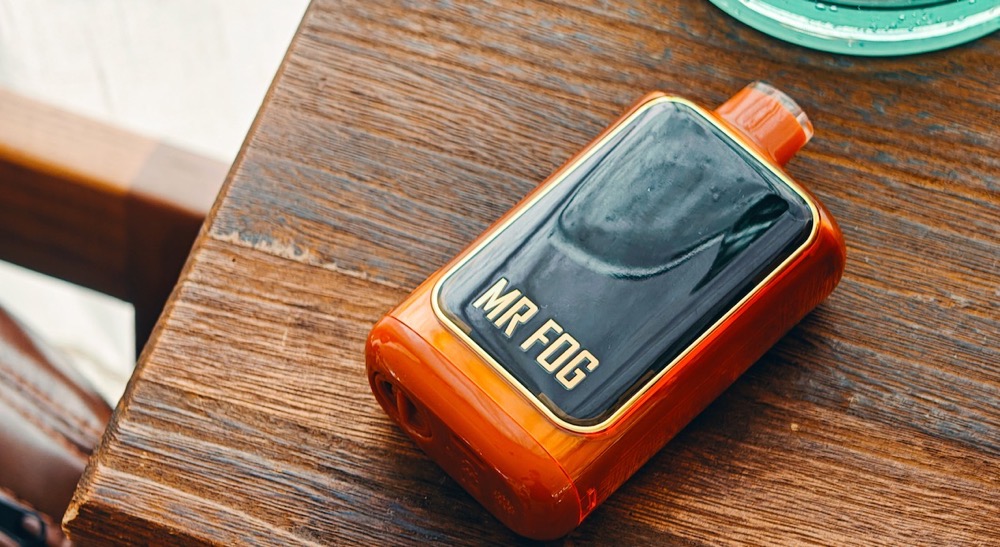
Why Do Disposable Vapes Die?
-
Battery Depletion: Most disposable vapes use lithium-ion batteries that gradually lose charge. If stored for long periods or used frequently, the battery may die before the e-liquid is fully consumed. -
E-Liquid Depletion: Each device contains a finite amount of e-liquid (e.g., 2mL–12mL). Once depleted, the coil can’t produce vapor, leading to a burnt taste or no output. -
Component Failure: Internal issues like clogged coils, faulty sensors, or damaged wiring can cause premature failure. For example, extreme temperatures in Canada’s climate can accelerate wear and tear. -
Protective Features: Some devices have auto-shutoff mechanisms to prevent overheating or dry hits, which may mimic a “dead” device even when there’s life left.
Immediate Steps to Take When Your Vape Dies
-
Verify the Device Is Truly Dead: -
Check for indicator lights or try a gentle puff. If there’s no response, ensure all protective stickers or silicone plugs are removed (common in new devices). -
For rechargeable models like some MR FOG NOVA units, connect to a USB-C charger for 30–60 minutes. If still unresponsive, the battery or e-liquid is likely depleted.
-
-
Avoid Risky Revival Attempts: -
Never attempt to disassemble or manually recharge a non-rechargeable device. This can damage components or pose safety hazards like battery leaks. -
If the vape produces a burnt taste, the e-liquid may be empty. Continuing to use it can harm the coil and create unpleasant experiences.
-
-
Prepare for Disposal: -
Wipe the device clean of any e-liquid residue. -
If possible, store it in a cool, dry place away from children or pets until you can recycle it properly.
-
Why Proper Disposal Matters in Canada
-
Lithium Battery Risks: Disposable vapes contain lithium-ion batteries that can spark fires in landfills if crushed or exposed to heat. In Canada, improper disposal contributes to over 10 tonnes of lithium waste annually—enough to power thousands of electric cars. -
Chemical Leachates: E-liquid residues with nicotine or other chemicals can seep into soil and waterways, affecting ecosystems. -
Regulatory Compliance: Health Canada classifies vapes as electronic waste (WEEE), requiring specialized recycling. Programs like the Canadian Vaping Association’s VapeCycle initiative ensure devices are processed safely, supporting national sustainability goals.
How to Recycle Your Disposable Vape in Canada
Option 1: Retail Drop-Off Programs
-
Vape Shops: Many retailers accept used devices for recycling. Some even offer discounts on new purchases as incentives. -
Electronics Stores: Large retailers (e.g., those with 400+ sq. meter sales areas) must accept small WEEE items like vapes under federal rules.
Option 2: Dedicated Recycling Initiatives
-
VapeCycle Program: Launched in 2025 by the Canadian Vaping Association, this nationwide program provides drop-off bins at participating stores. Visit vapecycle.cato locate sites and request shipping labels for mail-in recycling. -
Municipal Facilities: Local hazardous waste centers or e-waste drop-offs accept vapes. For instance, cities like Toronto and Vancouver have dedicated WEEE collection points.
Option 3: Manufacturer Take-Back Programs
-
Some brands, partner with recyclers to handle their products. Check the manufacturer’s website for mail-in instructions or in-store return policies.
Step-by-Step Recycling Process:
-
Clean the Device: Wipe off e-liquid residue with a cloth. -
Remove Batteries if Possible: For devices with removable batteries, take them to a battery recycling bin (e.g., in supermarkets). If integrated, recycle the entire unit. -
Drop Off or Mail: Use a labeled recycling bag or secure package to prevent damage during transport. -
Verify Processing: Programs like VapeCycle ensure materials like lithium, plastic, and metal are recovered responsibly.
Alternatives to Disposal: When to Consider a New Device
-
Switch to Rechargeable Vape Devices: Some products offer refillable pods and longer-lasting batteries. These reduce waste and cost over time, aligning with Canada’s push for reusable options ahead of potential disposable bans. -
Choose Higher-Capacity Models: Devices with larger e-liquid tanks (e.g., 10mL–20mL) extend lifespan and minimize disposal frequency. -
Regular Maintenance: For rechargeable models, clean coils and store devices properly to avoid premature failure.






 MR FOG AURA
MR FOG AURA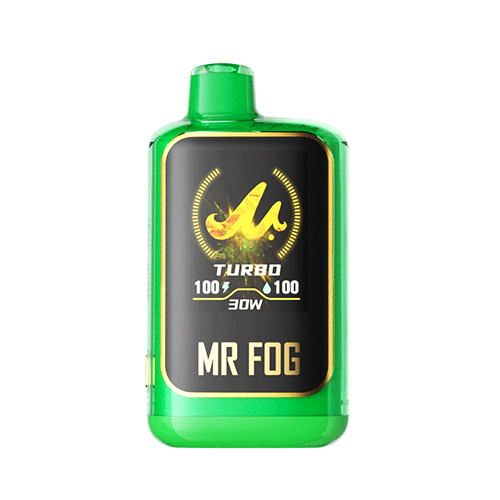 NOVA Apple Steezy
NOVA Apple Steezy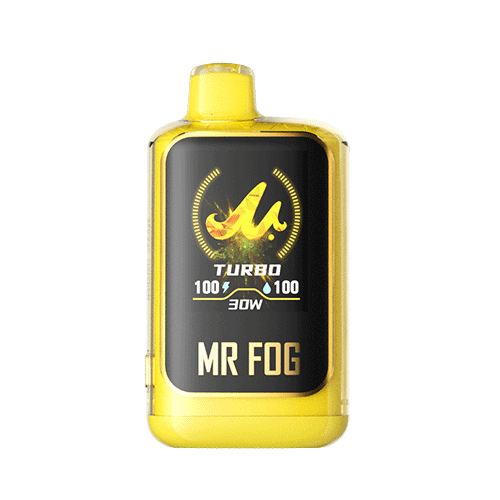 NOVA Banana Steezy
NOVA Banana Steezy NOVA Popup Series
NOVA Popup Series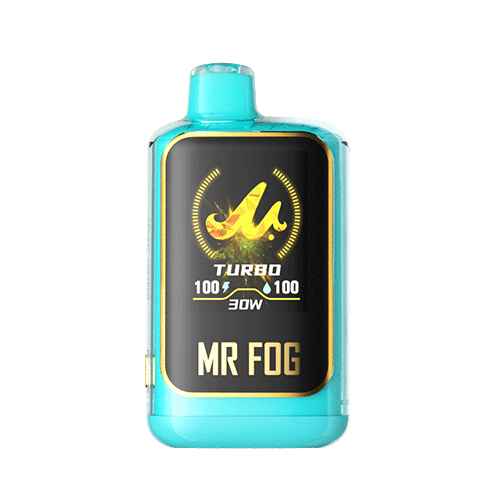 NOVA Bubble Gang
NOVA Bubble Gang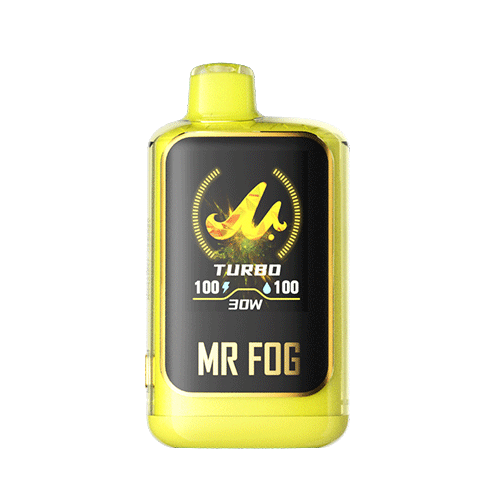 NOVA Lemon Steezy
NOVA Lemon Steezy AURA
AURA NOVA Series
NOVA Series SWITCH 15000
SWITCH 15000 MAX AIR 8500
MAX AIR 8500 SWITCH 5500
SWITCH 5500 Blue Razz Steezy
Blue Razz Steezy Mellow Man
Mellow Man Apple Steezy
Apple Steezy Banana Steezy
Banana Steezy Berry Steezy
Berry Steezy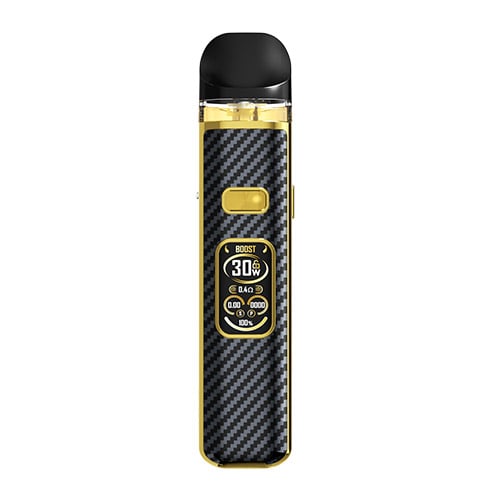 DRT
DRT Nicotine Pouches
Nicotine Pouches MR FOG AURA
MR FOG AURA NOVA Apple Steezy
NOVA Apple Steezy NOVA Banana Steezy
NOVA Banana Steezy NOVA Popup Series
NOVA Popup Series NOVA Bubble Gang
NOVA Bubble Gang NOVA Lemon Steezy
NOVA Lemon Steezy AURA
AURA NOVA Series
NOVA Series SWITCH 15000
SWITCH 15000 MAX AIR 8500
MAX AIR 8500 SWITCH 5500
SWITCH 5500 Blue Razz Steezy
Blue Razz Steezy Mellow Man
Mellow Man Apple Steezy
Apple Steezy Banana Steezy
Banana Steezy Berry Steezy
Berry Steezy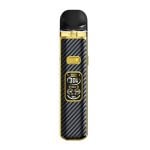 DRT
DRT Nicotine Pouches
Nicotine Pouches